- the video continues meshlet implementation and looks at task shader performance on AMD hardware
- starts with an overview of the technique implementation and presents the performance problem encountered using the AMD profiler
- explains how the driver implements task shaders and what causes the performance issue by patching the Linux drivers
- From there, implement a solution that uses compute shaders to cull meshlets instead of using task shaders
- presents performance and memory comparison against the native task shader solution
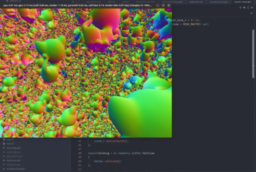
- the document explains how vkd3d-proton decides to emulate Vulkan Workgraphs using ExecuteIndirect
- discusses different trade-offs and design decisions made
- presents how the implementation compares against native implementations on both Nvidia and AMD
- many workloads are currently more efficient using this emulation code path than the native driver version
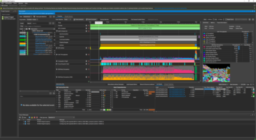
- the article describes how to use the native Metal rendering API for Apple Vision devices
- explains how to interact with the OS for Variable Rate Rasterization based on eye positions, interact with projection matrix
- shows different techniques exposed to render meshes to the two-eye views
- presents how to structure the rendering frame architecture to reduce latency
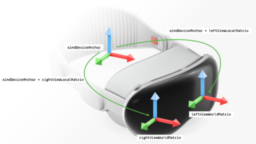
- the article announces the release of Work Graphs as experimental Vulkan extensions
- provides links to the headers, spec, and code samples, as well as compiler support
- additionally provides a list of current limitations
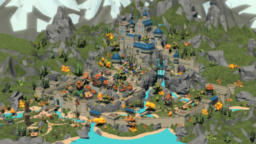
- the article introduces the new features in Reshape, a tool for instrumentation of GPU operations with instruction level validation of potentially undefined behavior
- explains in detail what AMD Waterfall’ing is, how the tool can detect NonUniformResourceIndex usage
- updates to per-byte and pixel resource usage, as well as placed resource initialization

- the blog post presents two mathematical methods to scale points along a direction
- the first method uses matrix operations, and the second uses dot products
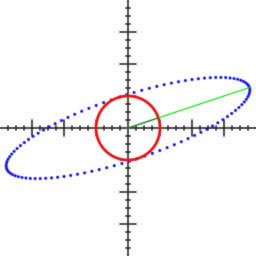
- the tutorial series on Vulkan continues by implementing Graphics Pipeline objects
- presents the C++ code changes and Vulkan changes required
- closes with a first triangle being drawn to the screen
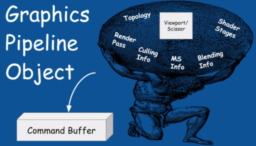
- the video provides a comparison of different upscaling techniques for Ratchet and Clank Rift Apart
- tries to match the PC and PS5 Pro rendering quality as closely as possible
- compares the PS5 Pro upscaler technique against the AMD and Nvidia upscalers on PC
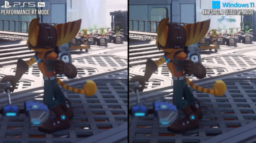
Thanks to Eric Haines for support of this series.
Would you like to see your name here too? Become a Patreon of this series.